Garden Makeover Dos and Don’ts – Expert Tips To Guide Your Redesign
Get the best out of your garden makeover with these essential tips that will help you to plan and create the perfect design.
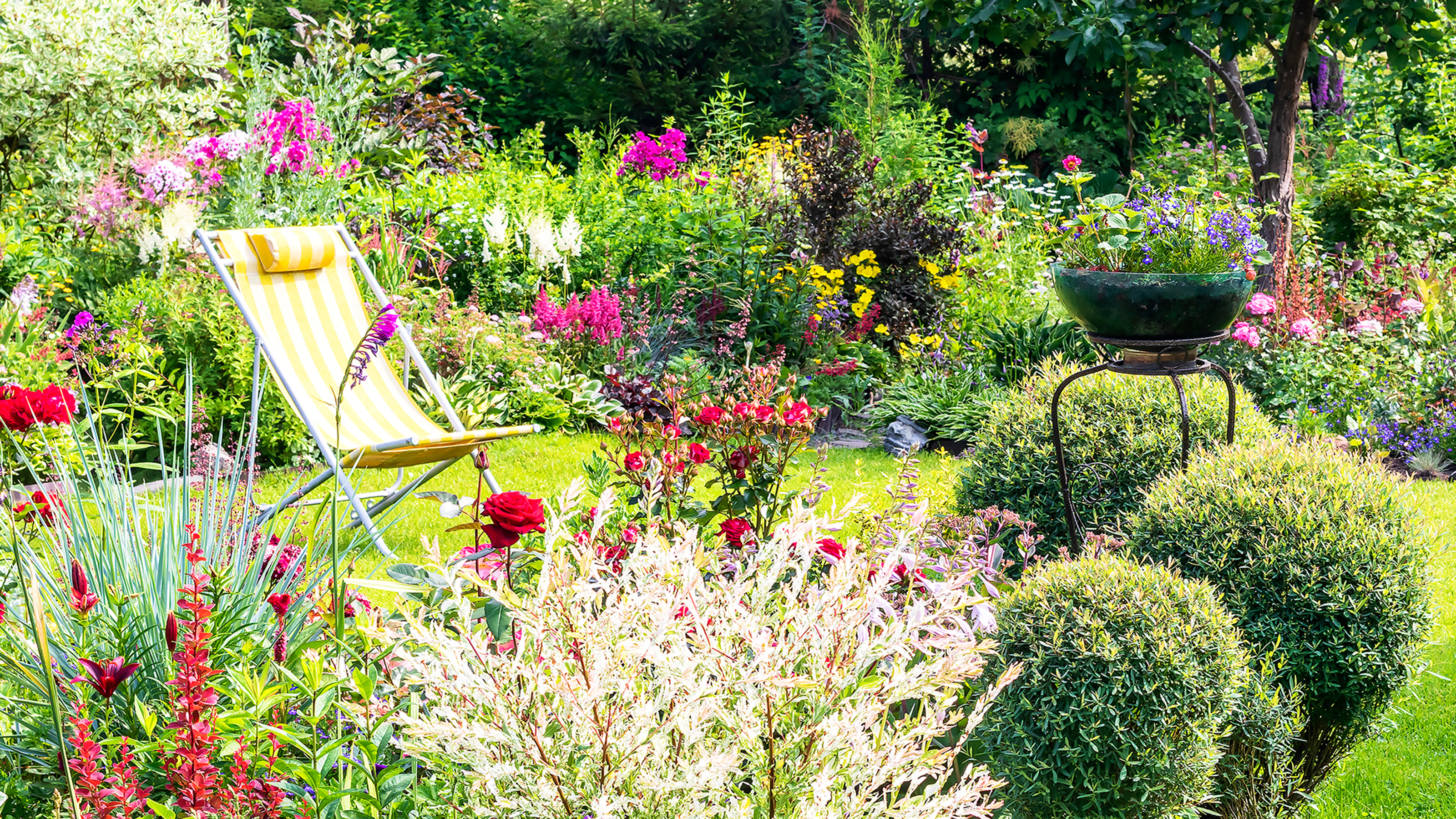

A garden makeover is an exciting opportunity to completely reimagine your outdoor space, and maximize your growing potential.
Updating hardscaping can completely transform a yard, but it can be expensive. If the budget is tight, then focus on getting the best out of planting. You don’t even have to spend much money if you learn how to propagate plants for free.
Climbing vines, containers, and hanging baskets can all be used to detract from more tired hardscaping finishes.
Whether you take your landscaping back to basics or work with what you already have, these expert design tips will help you to achieve the garden of your dreams.
Garden Makeover Dos

Do… Get to know the space
Before starting any garden redesign, it’s essential to get to know your outdoor space.
‘Take a few minutes – or better yet seasons! – to observe your site,’ says Ali McEnhill, owner of The Old Dairy Nursery & Gardens. ‘You’re going to want to let the existing conditions determine what and where you plant.’
You need to know how the sun moves throughout the day; which areas are more sheltered or exposed; what type of soil you have; what existing elements and plants are worth saving – or might be problematic to remove; where the best views are.
Gardening tips, videos, info and more delivered right to your inbox!
Sign up for the Gardening Know How newsletter today and receive a free copy of our e-book "How to Grow Delicious Tomatoes".
Soil type is particularly important – is it moisture retentive or well drained? Is it clay, chalky, loamy, or sandy? Acidic or alkaline? Soil can be amended to expand the range of what you can grow, but it cannot easily be completely changed.
Natural light is also important, as it will dictate whether you can grow plants that thrive in full sun, full shade, partial sunlight, or partial shade. Most gardens have a mix of sunny and shady spots, but some gardens are very shaded.
Do… Start with good hardscaping
Your patio and pathways are crucial to the overall look, feel, and usability of your garden.
When planning patios, it is typical to include one off the main living area at the rear of the house; however, look for one or two spots around the garden that will make perfect seating or dining areas. This might be because they are private areas that are not overlooked, or because they have the best views.
Designing pathways in the garden can require a little more thought and time spent using the garden.
‘Take a walk through your garden and consider the natural routes used to access gates, sheds, entertaining spaces, children’s play areas, and other zones,’ says gardening expert Leigh Clapp. ‘These are where you need to place paths when designing your garden. You can also create pathways through existing plantings or meadows.
‘Consider too how often walkways will be used – high-traffic areas will need to be wider and made of more durable surfaces.’
Take the opportunity to assess your boundaries too – is the fencing or walling still in good condition and offering enough privacy from neighbors?
Can it simply be repainted or covered with a fast-growing vine to update it?
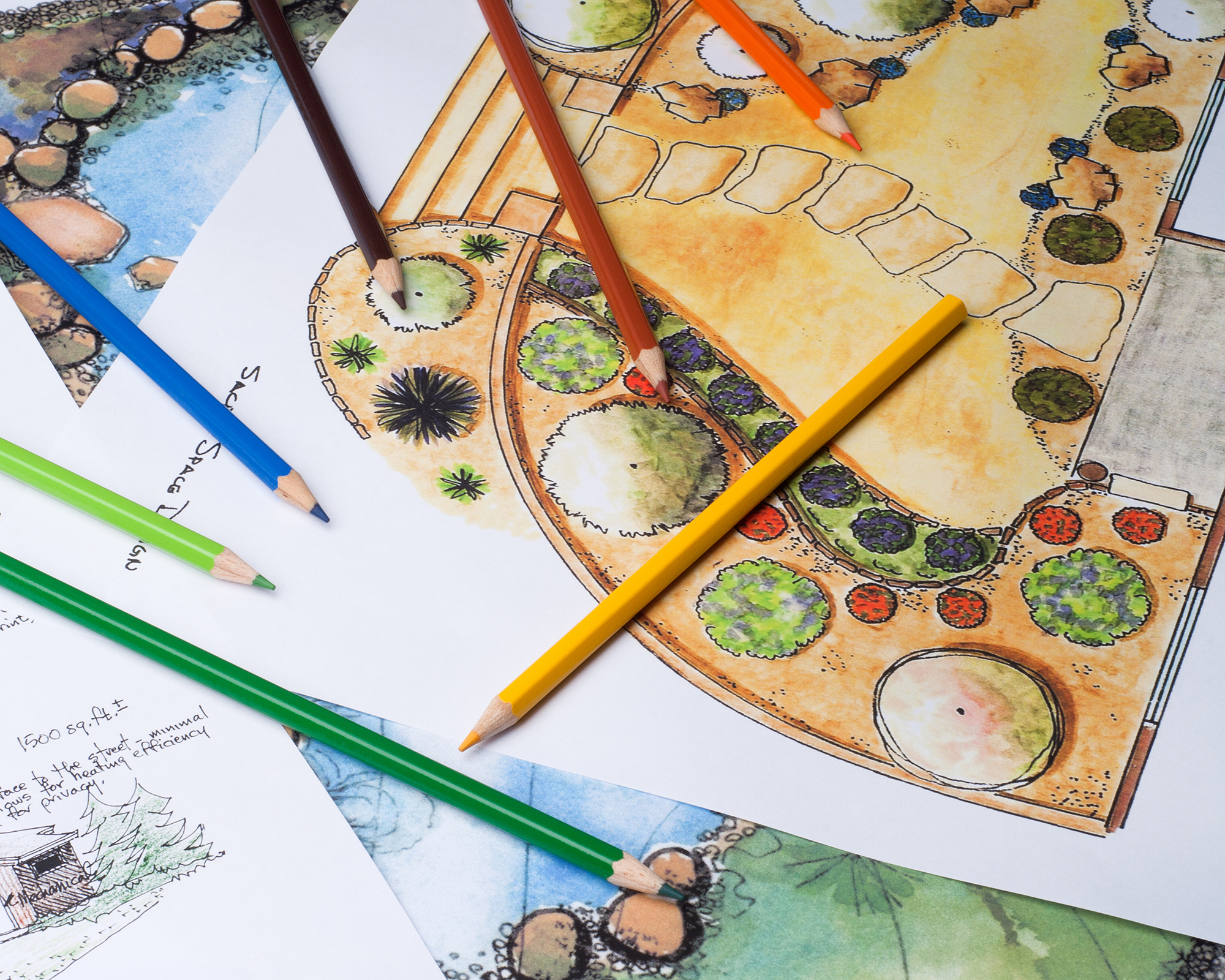
Do… Use sketches to visualize your design
Draw an outline of your existing garden onto paper – or use garden design software. This should be to scale, as it will make it easier to add other elements.
To do this, you will need to measure your garden and also capture any curves or unusual shapes as well as you can.
On your plan, you should mark the position of any existing garden buildings, hardscaping, lawns, trees, planted areas, and any different levels. If there is a power and water supply to the garden, then note the location of these.
Now you can duplicate the main outline of this plan and use it for your new layout. Include any aspects that are going to stay the same, and use it to begin to build your design.
Do… Consider power and water
Planning a major garden makeover is the ideal time to add power and irrigation systems where needed. If you want to add power to a shed or for outdoor lighting, then plan for this in the early stages.
Water features will usually require both power and water supplies.
Garden irrigation systems should also be planned at the outset, to ensure they are as useful and discreet as possible.
However, it's also important to include opportunities for saving rainwater and perhaps greywater, to reduce your impact on the environment.
'Think about your water usage because in changing climates and shortages of water, it is important to design structures with water efficiency in mind,' says Marvin Magsura, landscaping expert and co-founder of Retaining Wall Supplies.
'Drought-tolerant plants and advanced irrigation systems can make a major impact.'
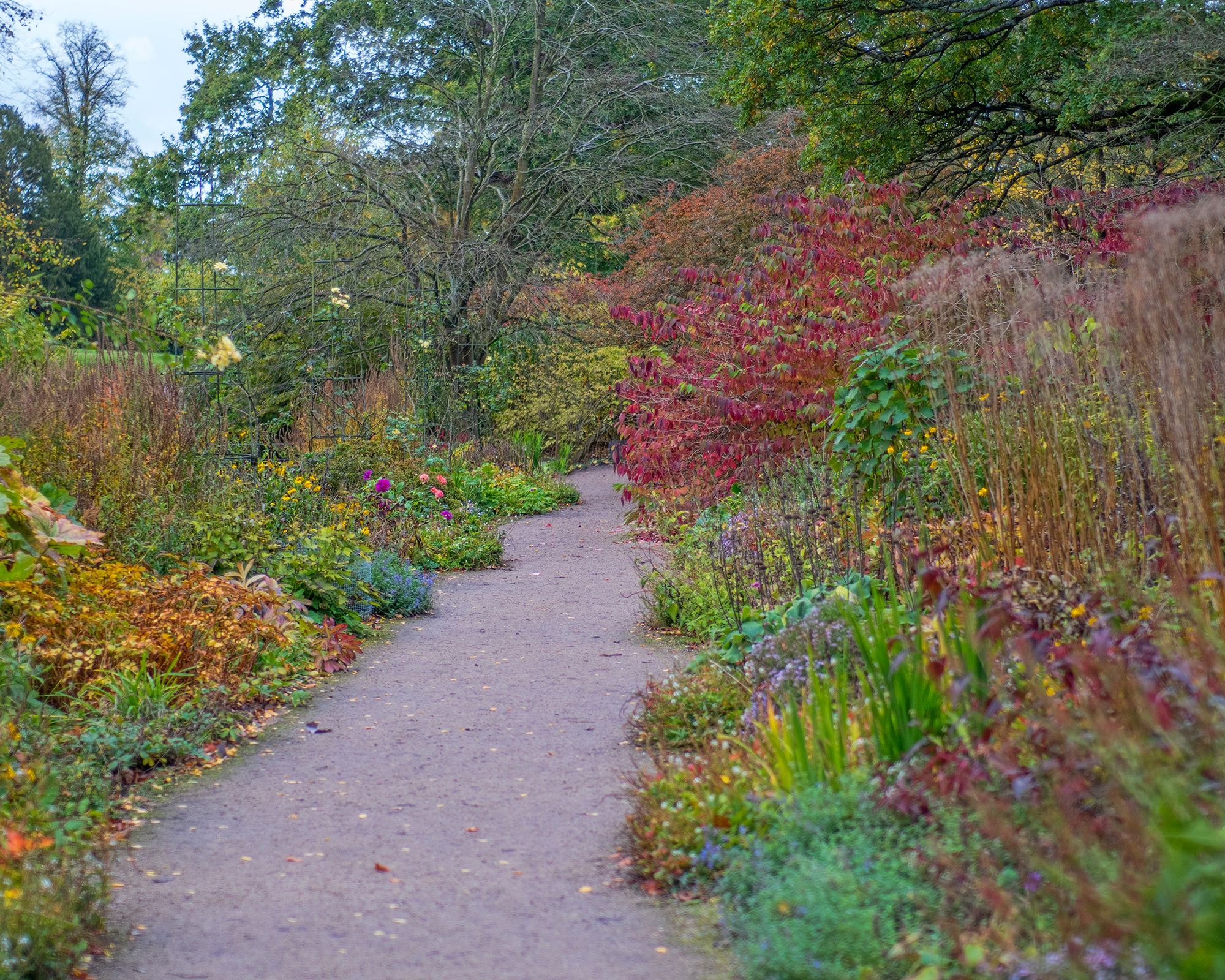
Do… Plan for year-round color
‘You will want somеthing that looks excellent in your garden all year round, so plant a four-season garden containing a variety of perennials, shrubs, and trees,’ says Marvin Magsura. ‘Consider what will be in flowеr or giving color in each season.’
To see what is in flower in your area at different times of year, visit local garden centers and nurseries, as well as open gardens. Even walking around the neighborhood can be a source of inspiration.
It's important to also think about the space each plant takes up year round – some plants die right back at the end of their season, so another plant can take its space in the following season. Other plants take up the same amount of space year round.
Do… Remember right plant, right place
‘Select the right plants for your conditions,’ says Ali McEnhill. 'Otherwise you will forever be fighting nature.'
As a starting point, check your USDA hardiness zone, and also ensure you are choosing plants compatible with your soil type.
‘For example, if you have a hot, sunny garden with free-draining soil, select plants with small, silvery, or fuzzy leaves. Lavandula angustifolia (lavender), Stachys byzantina (lamb's ear), and Sedum ‘Autumn Joy’ are a few of my favorites.
‘Also look for native plants for your unique region – as they are much more likely to thrive and support biodiversity in the garden.'
To find out which plants are native to your area, contact your local extension service or use the Native Plant Finder published by the National Wildlife Federation.
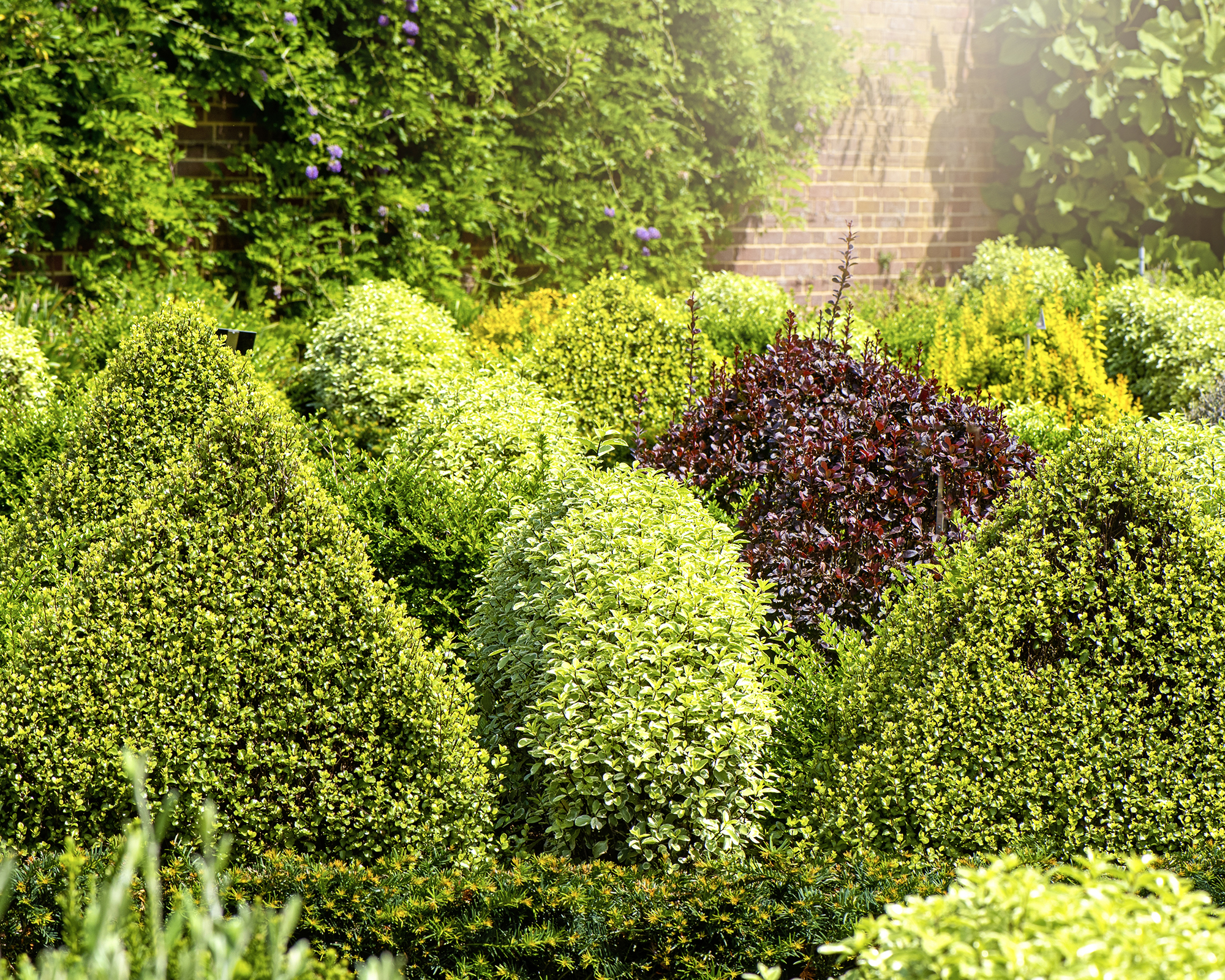
Do… Add structure with evergreens
Evergreens are the structural backbone of every garden. If you only use deciduous shrubs and trees (those that die back annually), then your garden will look bare for large parts of the year.
Whether used as landscaping features, specimens in containers, to provide visual breaks in borders, or even clipped into eye-catching topiary, evergreens offer a wealth of design opportunity.
Don’t be fooled into thinking evergreens are only green – ‘Foliage in shades of not only greens, but greys, golds, silver, and variegated forms, are often overlooked for the potential they offer,’ says Leigh Clapp.
‘There are hundreds of varieties of evergreens, from dwarf to towering shrubs and trees, an array of flowering perennials and climbers, along with quiet little groundcovers – many of which are low-maintenance.’
Providing variety and versatility to enjoy year-round, an evergreen palette can be enjoyed long term.
Do… Work on improving your soil
A bit of time and energy spent improving your soil will reap enormous benefits with healthier plants and more flowers.
'The best way to improve soil is by feeding the worms. They will in turn feed and aerate the soil,' says Ali McEnhill.
'I save every scrap of cardboard that I can get my hands on – worms love it! Simply lay down a layer of cardboard over the soil then cover it with compost, mulch, or leaves. It will disappear in only a few short weeks (depending on the weather and worm activity in your garden).'
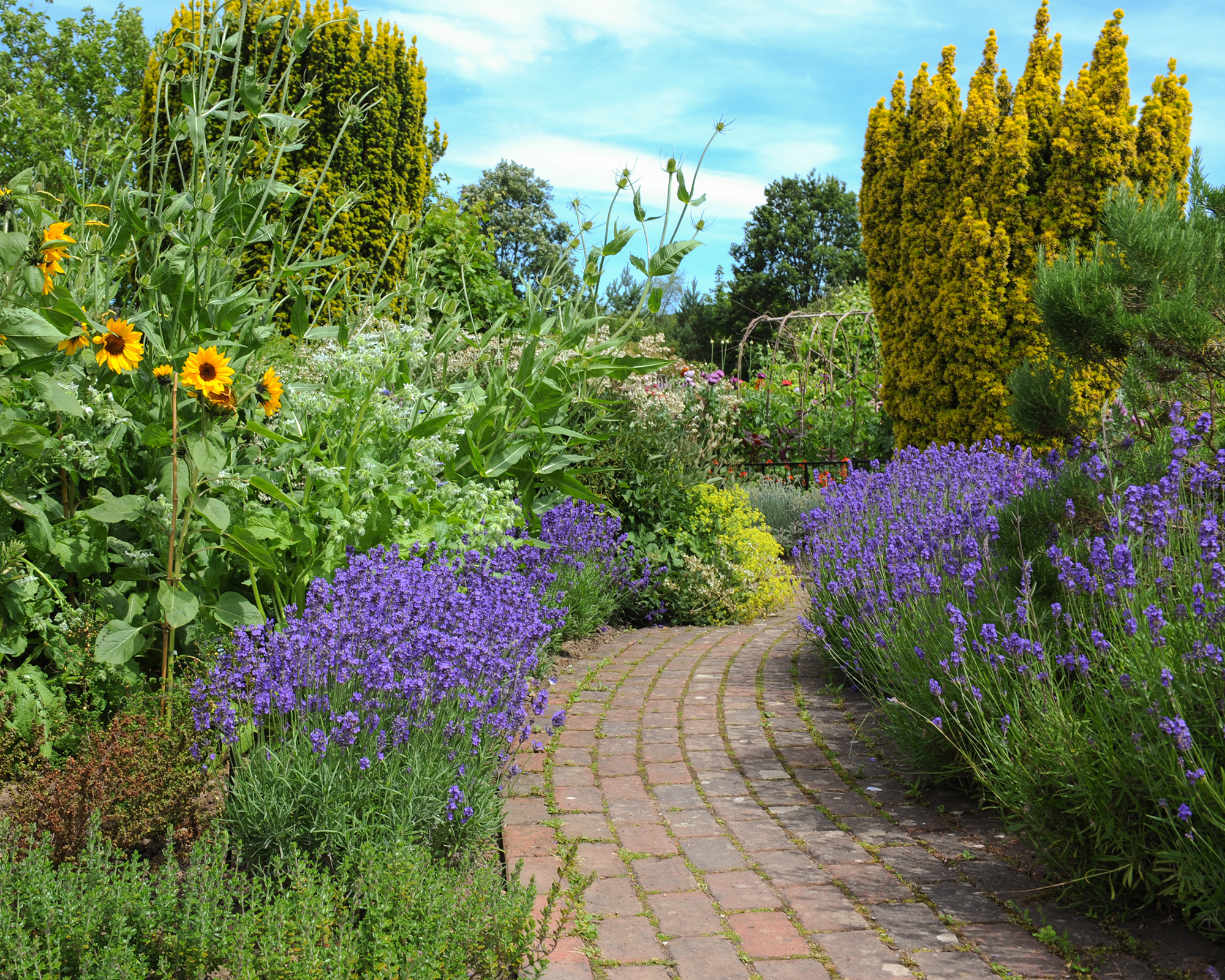
Do… Repeat plants
Gardens where every plant is different look messy and chaotic.
‘Repeated planting gives harmony and continuity,’ says Leigh Clapp. ‘It’s a good way to create structure and flow, and to balance different shapes and colors.’
Repetition can be as simple as dotting the exact same plant throughout a garden, or it can be plants of similar colors, shapes, or textures.
When planting in repetition, odd numbers appear more natural and pleasing to the eye – for example, try adding three tall alliums among a bed. Where a garden design is more formal, even numbers are best.
Garden Makeover Don'ts
Don't… Rip everything out
It’s not usually necessary to rip out all of your existing hardscaping. Consider whether you can keep the existing paving and walling solutions – and extend if necessary. If not, then it’s important that these materials are recycled.
As long as they are in good condition, you can sell old pavers, stones and bricks to salvage yards.
Likewise, plants and trees can take years to reach maturity, so think carefully before you remove them. If the plant is in good health, then donate it to a friend or neighbor.
Don't… Be over-optimistic about maintenance
It’s important that your garden is manageable, otherwise it will become a source of stress and misery, rather than joy.
If you have the means, you can hire a local gardener to keep on top of maintenance.
Otherwise, design your garden for the amount of work you are willing and able to put into it. If you are time poor, or struggle with mobility issues, then opt for a low-maintenance garden with hardy perennials that look after themselves, and no bare patches of soil for weeds to set in.
You could add some planters or a raised bed on the patio, filled with annuals or edibles, to give yourself a small, manageable amount of planting to tackle when you are able.
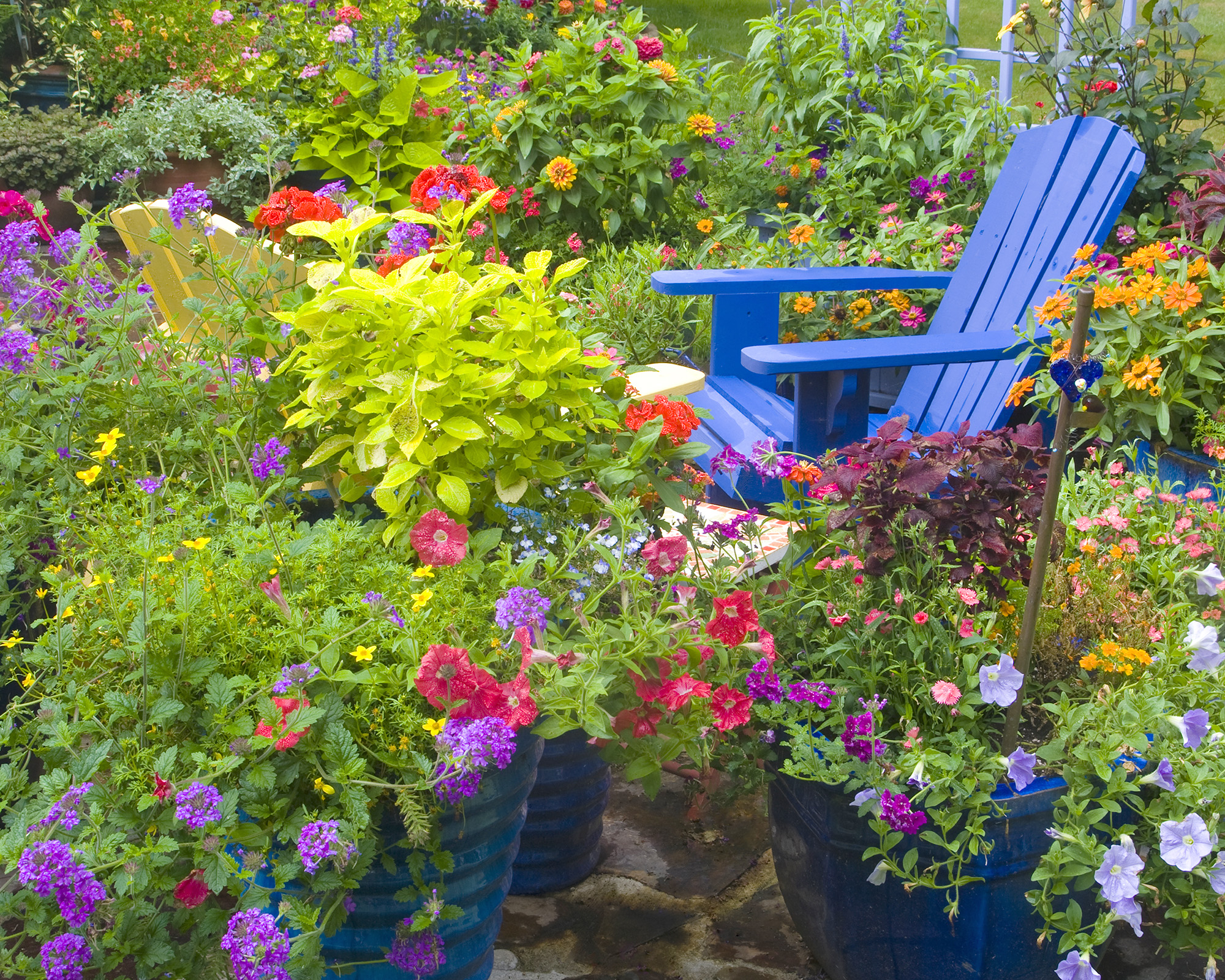
Don't… Plant a riot of color
In order for a garden to feel soothing and well thought out, don’t just plant every color of the rainbow without any thought.
‘For gardeners the color wheel, with half composed of hot or warm colors and the other half with cold or cool colors, is useful to demonstrate the differences between harmonies and contrasts,’ says Leigh Clapp.
Harmonious colors are close to each other on the wheel, and create a more subtle effect. Contrasting – or complementary colours – are found on the opposite sides and make a more striking design.
For example, you could create a cheerful golden border of yellow and orange. Or you could contrast it with blues and purples for a real eye-catching scheme.
‘When you look closely at plants you discover that there is color in all their elements – petals, anthers, leaves, stems, bark, seed heads and berries. You might link the foliage of one plant to the petal of another,’ adds Leigh.
Don't… Forget to check the mature size of plants
‘Always consider the future growth of plants before purchasing,’ says Marvin Magsura. ‘That attractive little shrub may appear great right now, but if it grows into a giant, it could throw your entire design off balance in a few years.’
Check the plant label for information on maximum size, and take into consideration how this will affect planting distance, so your borders don’t become over crowded.
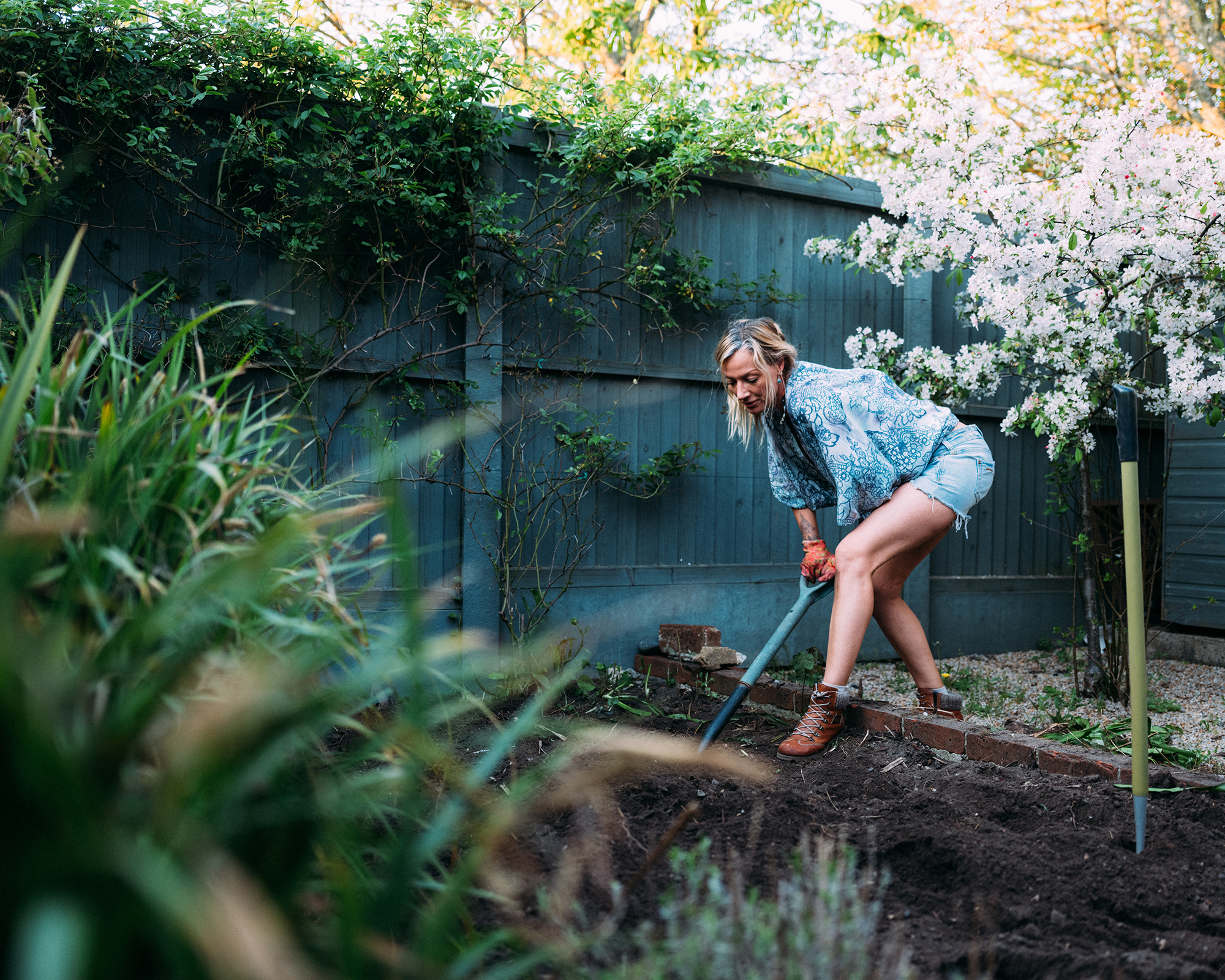
Don't… Tackle everything all at once
While you will want to achieve the ideal layout for your garden at the outset, don’t expect to get all the planting sorted at the same time.
It will take a few seasons to see what thrives in your soil, and to work out what you really enjoy growing in your garden.
Over the course of a year or two, you will also be able to notice times when there is a lack of color and interest in your garden – and what types of pests and disease are prevalent in your location.
In time you will be able to propagate more successful plants through cuttings or division, to populate your garden. This works out much more cost effectively than buying everything new all at once.
Don't… Overlook professional expertise
Many people feel hiring a professional landscaper is an expense they can avoid. However, if you are working with a big yard or have never undertaken a major garden makeover before, they can be worth their weight in gold.
Not only can they advice the best possible solutions for your space, but they can even save money on key aspects of the project.
Some landscaping businesses may be accredited with a professional body, but many are not. It's best to ask around for recommendations.
Before hiring a garden landscaper, ask for references and check them. Ask to see some of their past work and speak to former clients.
Don't… Forget about permits
Some jobs will require a permit, so always check your state's regulations. Some of the common jobs that require a permit include adding a pool, building retaining walls, installing electrical lines, or removing trees.
Though exact rules vary, a general rule of thumb is that when you disturb 2,500 square feet of soil or change the grade more than 24 inches, you have to apply for a permit.

Melanie is an experienced gardener and has worked in homes and gardens media for over 20 years. She previously served as Editor on Period Living magazine, and worked for Homes & Gardens, Gardening Etc, Real Homes, and Homebuilding & Renovating. Melanie has spent the last few years transforming her own garden, which is constantly evolving as a work in progress. She is also a passionate organic home grower, having experimented with almost every type of vegetable at some point. In her home, Melanie tends to an extensive houseplant collection and is particularly fond of orchids.
-
 Moody Blooms For Spring: 8 Types Of Black Flowers To Add Drama To Spring Displays
Moody Blooms For Spring: 8 Types Of Black Flowers To Add Drama To Spring DisplaysFrom midnight burgundies to inky violets, several types of black flowers can enrich and embolden a spring display. Try these brooding bloomers for a moody garden
By Tonya Barnett
-
 Can Snake Plants Live Outside? Everything You Need To Know For Snake Plants Al Fresco
Can Snake Plants Live Outside? Everything You Need To Know For Snake Plants Al FrescoSnake plants can live outside given the right conditions, but be careful that they don't take over! Learn the best way to use snake plants in your landscape.
By Mary Ellen Ellis